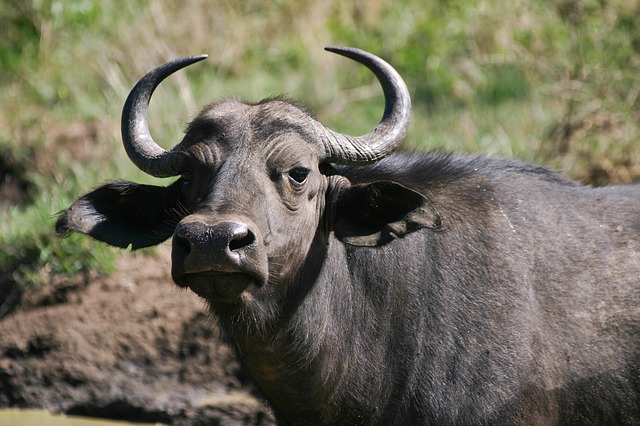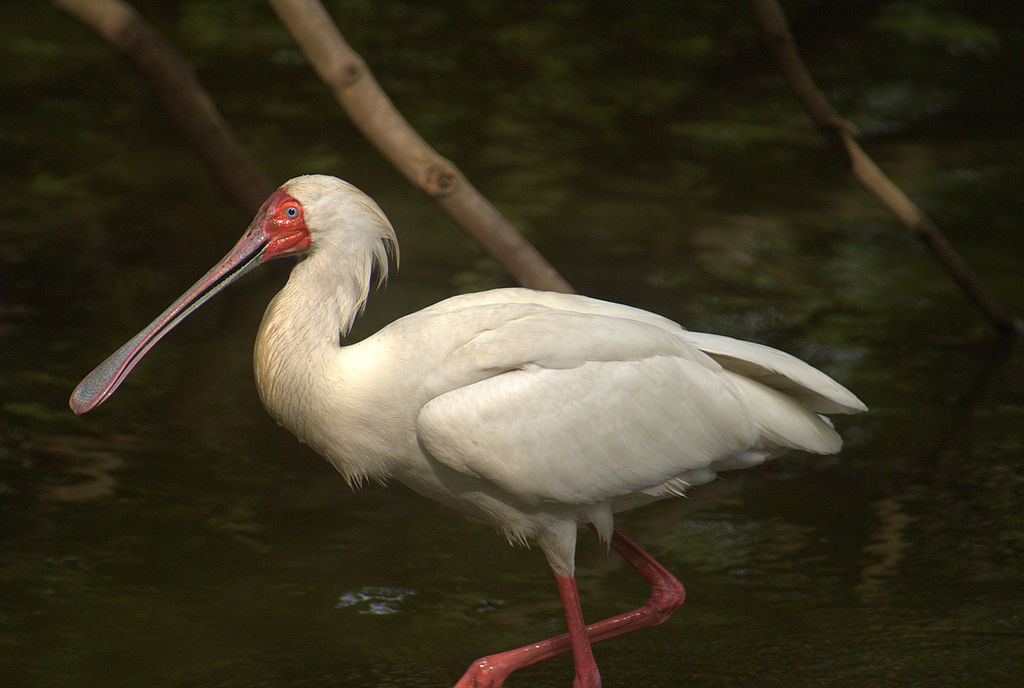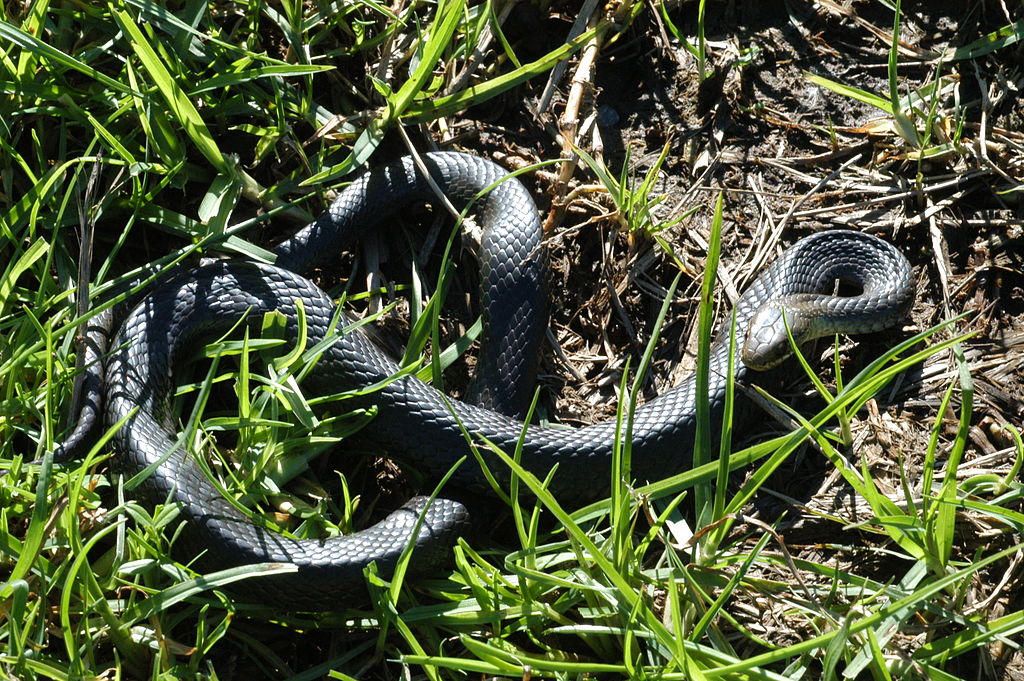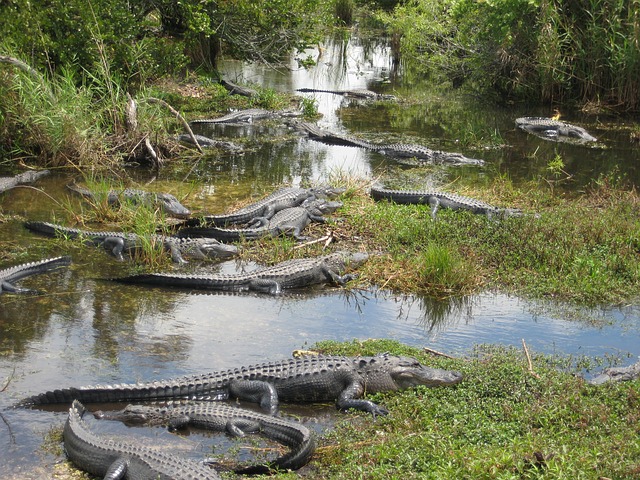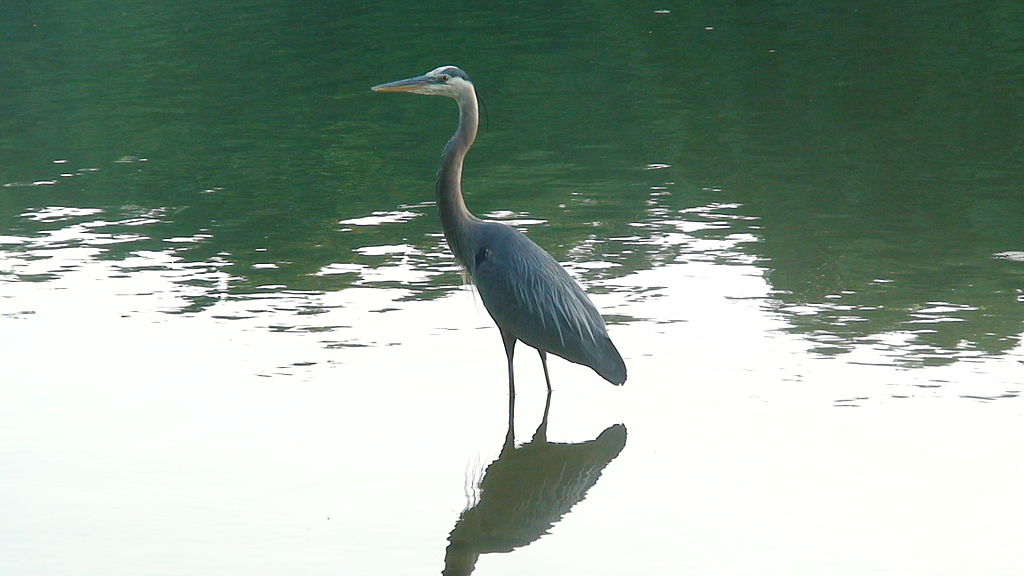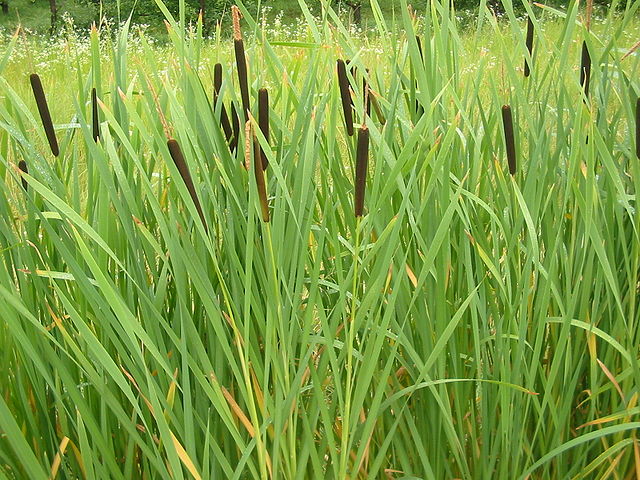FLOODED GRASSLAND AND SAVANNA
LOCATIONS
ECOLOGY POCKET GUIDE SUMMARY
The Flooded Grassland and Savanna ecoregion is a landscape shaped by the dynamic interplay of water and grassland ecosystems. These areas are defined by seasonal flooding, which transforms vast expanses of land into temporary wetlands, creating unique habitats for a diverse array of flora and fauna. For designers, this ecoregion offers insights into how natural systems can embrace the ebb and flow of water, providing a blueprint for flood-resilient urban design and water management strategies. The balance between wet and dry periods encourages thinking about how to create spaces that can adapt to changing environmental conditions while supporting both biodiversity and human use. From the long-reaching roots of wetland plants to the migratory patterns of animals, the savanna teaches us about flexibility, adaptability, and the power of water as a life-giving force in design.
ECOSYSTEM FRAMEWORK
Flooded Grassland and Savanna Ecoregion
Abiotic Components: Flooded grasslands and savannas are characterized by seasonal flooding, with water levels fluctuating dramatically between wet and dry seasons. These areas are often located in low-lying regions, where rivers and rainfall create temporary wetlands. Soils in this ecoregion are typically rich in nutrients due to sediment deposition from floodwaters, but they can also become compacted or waterlogged, making them challenging for certain plant species. Climate varies, but these regions often experience warm temperatures, with annual rainfall concentrated during specific seasons.
Biotic Components: Vegetation in this ecoregion includes grasses that are highly adapted to seasonal flooding, such as sedges and reeds, as well as flood-tolerant trees like the acacia and various palm species. The fauna is diverse, with large herbivores such as antelope, buffalo, and elephants relying on the seasonal abundance of grasses. Carnivores, including lions and crocodiles, exploit this abundance as they follow prey through the shifting landscape. Migratory birds, such as storks and waterfowl, depend on these regions as critical stopovers during their long migrations.
Trophic Structure: The trophic structure in flooded grasslands is centered around primary producers like grasses and aquatic plants, which support large populations of herbivores. These herbivores, in turn, sustain a variety of carnivores and scavengers. Apex predators like lions and crocodiles dominate the food chain, while decomposers, including fungi and bacteria, play an essential role in breaking down plant material and recycling nutrients in the waterlogged soils.
Nutrient Cycles: Nutrient cycling in this ecoregion is closely tied to the seasonal flooding. Floodwaters deposit nutrient-rich sediments, replenishing the soil and supporting a burst of plant growth when waters recede. This cyclical process supports the rapid uptake of nutrients by plants, while animals contribute to nutrient redistribution through their grazing and migration patterns. Decomposition rates vary, with organic material breaking down faster during the wet season due to increased microbial activity in the presence of water.
Interactions: Species in flooded grasslands and savannas exhibit a range of symbiotic relationships. For instance, large herbivores like elephants can help open up dense vegetation, creating pathways for smaller animals and promoting the growth of new plants. Mutualistic relationships also exist between animals and birds, such as oxpeckers that feed on parasites found on large mammals. The cyclical presence of water creates intense competition during dry seasons, driving animals to move long distances in search of food and water.
Adaptation and Resilience: Adaptation in this ecoregion is primarily focused on coping with the extremes of water availability. Plants have evolved deep root systems and water storage capabilities, allowing them to survive both flooding and drought. Many animals are migratory, moving in sync with the seasonal availability of resources. Flooded grasslands are also resilient to disturbance, with the ability to recover quickly after floods or fires, as many species are adapted to regrow or re-establish after these events.
System Boundaries and Scale: Flooded grasslands and savannas are typically found in tropical and subtropical regions, including areas like the Pantanal in South America, the Okavango Delta in Africa, and the Everglades in North America. These ecosystems are shaped by the extent of seasonal flooding, with boundaries often defined by the reach of floodwaters. The scale of these ecoregions can vary widely, but they are generally vast, supporting a rich diversity of species that rely on the seasonal pulse of water for survival.
Additional Ecologically Integrated Design Considerations
Allow the water to flood and flow naturally
Promote water-based riparian and gallery habitats
Take extreme care to avoid runoff pollution
Prepare for seasonal fires
References
Junk, W. J., Bayley, P. B., & Sparks, R. E. (1989). The Flood Pulse Concept in River-Floodplain Systems. Canadian Special Publication of Fisheries and Aquatic Sciences, 106, 110-127.
Mitsch, W. J., & Gosselink, J. G. (2007). Wetlands. John Wiley & Sons.
Ramsar Convention Secretariat (2016). An Introduction to the Convention on Wetlands (Ramsar, Iran, 1971). Ramsar Convention Secretariat.
Scholes, R. J., & Archer, S. R. (1997). Tree-Grass Interactions in Savannas. Annual Review of Ecology and Systematics, 28(1), 517-544. DOI: 10.1146/annurev.ecolsys.28.1.517
Hamilton, S. K. (2002). Hydrological Controls of Ecological Structure and Function in the Pantanal Wetland (Brazil). Springer.



